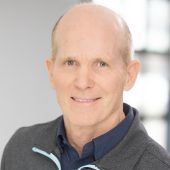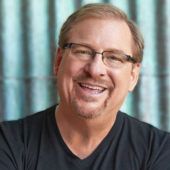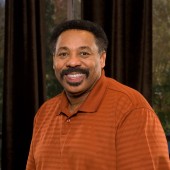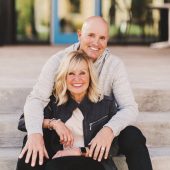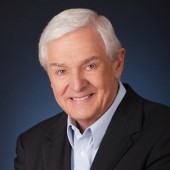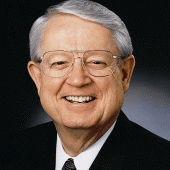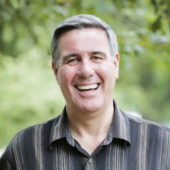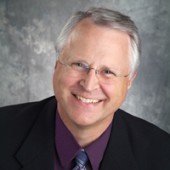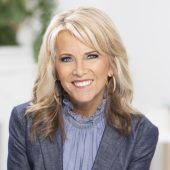This week’s Twitter campaign #1in3Speaks seeks to normalize abortion by portraying it as common. Reminds me that ‘wrong is stilll wrong even if everyone is for it.’ And there’s mounting evidence those statistics are overstated. One of the founders of today’s abortion rights movement admitted he inflated the numbers to sway public opinion.
He later became staunchly pro-life. This is his story.
The Hand of God traces Bernard Nathanson’s journey from abortion provider and political activist to pro-life writer, speaker and advocate. This semi-autobiographical account follows his move from one moral framework to another. Nathanson set out to prove abortion is not only immoral, a “monster” to be overcome, but that abortion both drove and reflected his internal reality, making him a monster driven by utility, lacking in respect, and incapable of the love he so deeply craved.
The seeds of his character problems were sown in his loveless and autocratic boyhood home where his father insisted the young boy learn the Jewish faith and yet railed against the teachings and forbade faith at every turn. Nathanson followed his father’s career path into medicine. While still a student he impregnated a woman; to protect his career he procured an illegal abortion which broke their hearts and the relationship, and ushered him into the satanic world of abortion.
Later he performed an abortion on his own child by another woman. He described the latter experience in clinical terms to illustrate the mentality of the abortionist:
“Moral neutrality of advanced technology in the hands of the amoral.”
Abortion was still illegal in 1967 and as a gynecologist, Nathanson was dismayed that it was the leading cause of death for poor women. Meeting author Larry Lader provided the impetus to pursue a vision of unfettered abortion access, and in 1969 they worked together to form NARAL, an acronym which evolved from the National Association for Repeal of Abortion Laws to the present National Abortion and Reproductive Rights Action League.
Then, as now, feminists, clergy and cultural radicals were recruited. Then, as now, they targeted attacks on the Catholic Church, blaming them for the deaths of women from botched abortions. Media manipulations included inflating statistics. For example, three hundred women died annually in the decade of the ‘60’s from abortion. But NARAL stated, and the press reported, that the figure was five thousand deaths.
They won in the legislature of New York in 1970 and the rest of the country soon followed. When restrictions eased, new procedures had to be devised to keep up with demand. (Do current restrictions work to limit abortion rates? Answer: Yes)
Only in retrospect did Nathanson reflect on the “unquestioned certainty of [their] moral rectitude” belying the sordid and revolting “quacks and hacks” who acted out their “shoddy and shabby” abortion practice. He concluded that abortion itself attracts such characters. But his uneasiness wouldn’t fully take root until ultrasound innovations in the mid-1970’s convinced him that human life is present at the outset of pregnancy. Though primitive by today’s standards, it’s still worth it to watch Silent Scream, his 1985 video depicting abortion.
Nathanson stopped performing abortions altogether in 1979. He had come to the conclusion that:
“There was no reason for an abortion at any time.”
The turning point for Dr. Nathanson was fetology. He noted that in 1969 there were just five articles on fetal physiology in the Cumulative Index Medicus; when Roe v Wade was decided making abortion legal, fetology “essentially did not exist.” Thus, the avowed Jewish atheist became pro-life based on the embracing the reality of the moral value of the unborn child.
Nathanson observed the normal path to a pro-life worldview is through “belief in God and his splendid gift of life.” His opposite path went from atheist to abortionist to pro-life to belief in God. Both Dr. Nathanson’s journey to faith and the opposition he faced from abortion advocates when speaking out against abortion serve as immense encouragement when approaching those who are not Christian with the truth of the value of life at all stages. We should be prepared for change to take time, and we should not be dismayed by the tactics of the opposition.
In the end, the abortions of his own children fueled his abortion advocacy; even his clinic counselors were required to be post-abortive. He attested also to the abortion mindset of “doubling,” a psychological self-protection by which Nazi physicians coped with normal family life outside the death camps.
We can never discount unhealed abortion sin and grief in others. So speak gently. Be filled with grace and truth. And remember: the number that matters most is the one child whose life may be saved by your having spoken truth.








